
The Grumman Aircraft Engineering Corporation, later Grumman Aerospace Corporation, was a 20th century American producer of military and civilian aircraft. Founded on December 6, 1929, by Leroy Grumman and his business partners, it merged in 1994 with Northrop Corporation to form Northrop Grumman.
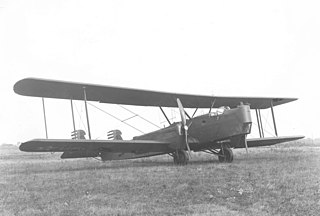
The Huff-Daland XB-1 was a prototype bomber aircraft built for the United States Army Air Corps.

The Curtiss B-2 Condor was a 1920s United States bomber aircraft. It was a descendant of the Martin NBS-1, which was built by the Curtiss Aeroplane and Motor Company for the Glenn L. Martin Company. There were a few differences, such as stronger materials and different engines, but they were relatively minor.
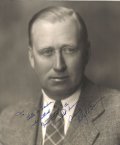
Leroy Randle "Roy" Grumman was an American aeronautical engineer, test pilot, and industrialist. In 1929, he co-founded Grumman Aircraft Engineering Co., later renamed Grumman Aerospace Corporation, and now part of Northrop Grumman.

Loening Aeronautical Engineering Corporation was founded 1917 by Grover Loening and Henry M. Crane produced early aircraft and amphibious aircraft beginning in 1917. When it merged with Keystone Aircraft Corporation in 1928, some of its engineers left to form Grumman. Loening formed a new enterprise, Grover Loening Aircraft Company, in 1929, which eventually closed in 1932.

Grover Cleveland Loening was an American aircraft manufacturer.
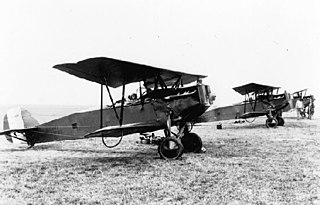
The Huff-Daland Type XV Training Water-Cooled TW-5 was a biplane trainer designed by the Huff-Daland Aero Corporation in the early 1920s for the United States Army Air Service.

Huff-Daland was an American aircraft manufacturer. Formed as Ogdensburg Aeroway Corp in 1920 in Ogdensburg, New York by Thomas Huff and Elliot Daland, its name was quickly changed to Huff-Daland Aero Corp and then in 1925 it was changed again to Huff-Daland Aero Company with its main headquarters in Bristol, Pennsylvania. Huff-Daland produced a series of biplanes as trainers, observation planes, and light bombers for the U.S. Army and Navy.

The Martin NBS-1 was a military aircraft of the United States Army Air Service and its successor, the Army Air Corps. An improved version of the Martin MB-1, a scout-bomber built during the final months of World War I, the NBS-1 was ordered under the designation MB-2 and is often referred to as such. The designation NBS-1, standing for "Night Bomber-Short Range", was adopted by the Air Service after the first five of the Martin bombers were delivered.
Fleetwings, later Kaiser-Fleetwings, was an American aircraft company of the 1930s and 1940s.

The Keystone LB-5 was a bomber aircraft produced in the United States in the late 1920s. Its manufacturer nicknamed it the Pirate, but this name was not officially adopted by the United States Army Air Corps (USAAC).
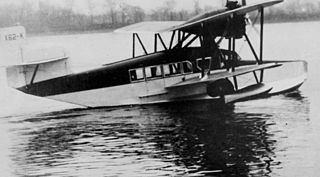
The Loening C-4C, later the Keystone-Loening K-85 Air Yacht following the merger of the Loening and Keystone companies, was an amphibious utility biplane built in the United States in the late 1920s. It was developed by Grover Loening from the C-1 that he had created together with Leroy Grumman, incorporating a new fuselage design. This departed from the characteristic Loening design feature of having a slender, "shoehorn" float projecting from the underside of the fuselage with an engine mounted tractor-fashion above it. Instead, the C-4C had a conventional flying-boat hull, with an enclosed cabin for passengers. The engine was mounted in a separate nacelle on the leading edge of the upper wing.

The Kaiser-Fleetwings XBTK was an American dive and torpedo bomber developed by Kaiser-Fleetwings for the United States Navy starting in 1944. After only five examples had been built, with the first two being flying prototypes; the contract was terminated in September 1946.
XB1, XB-1, or vaXB1riant, may refer to:
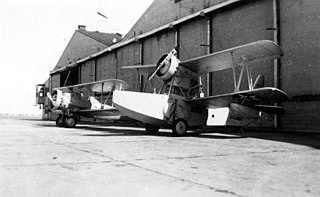
The Loening XS2L was an American biplane scout amphibian developed by Keystone-Loening, for the United States Navy during the early 1930s.
The Martin XLB-4 was a 1920s proposal for a light bomber by the Glenn L. Martin Company.














